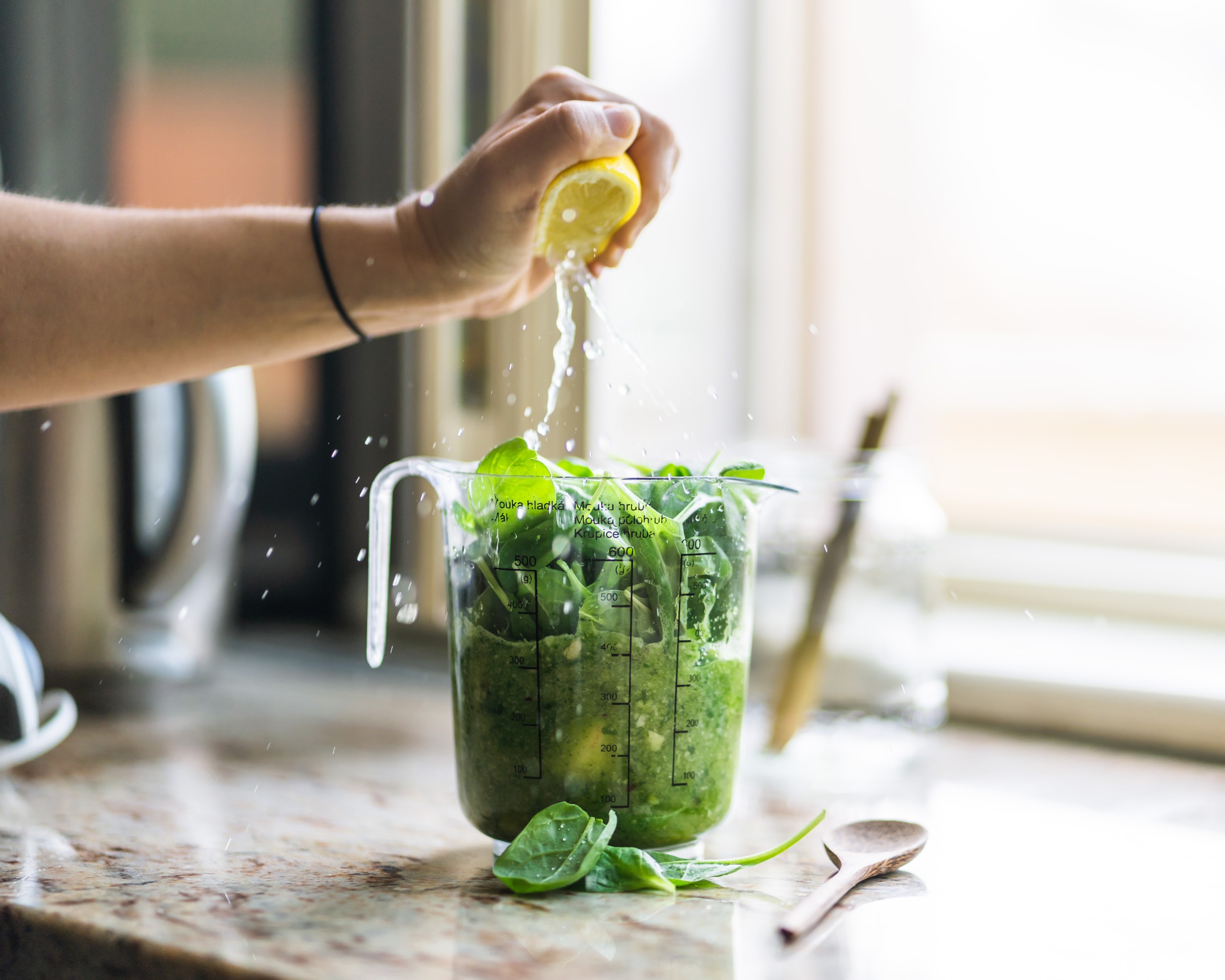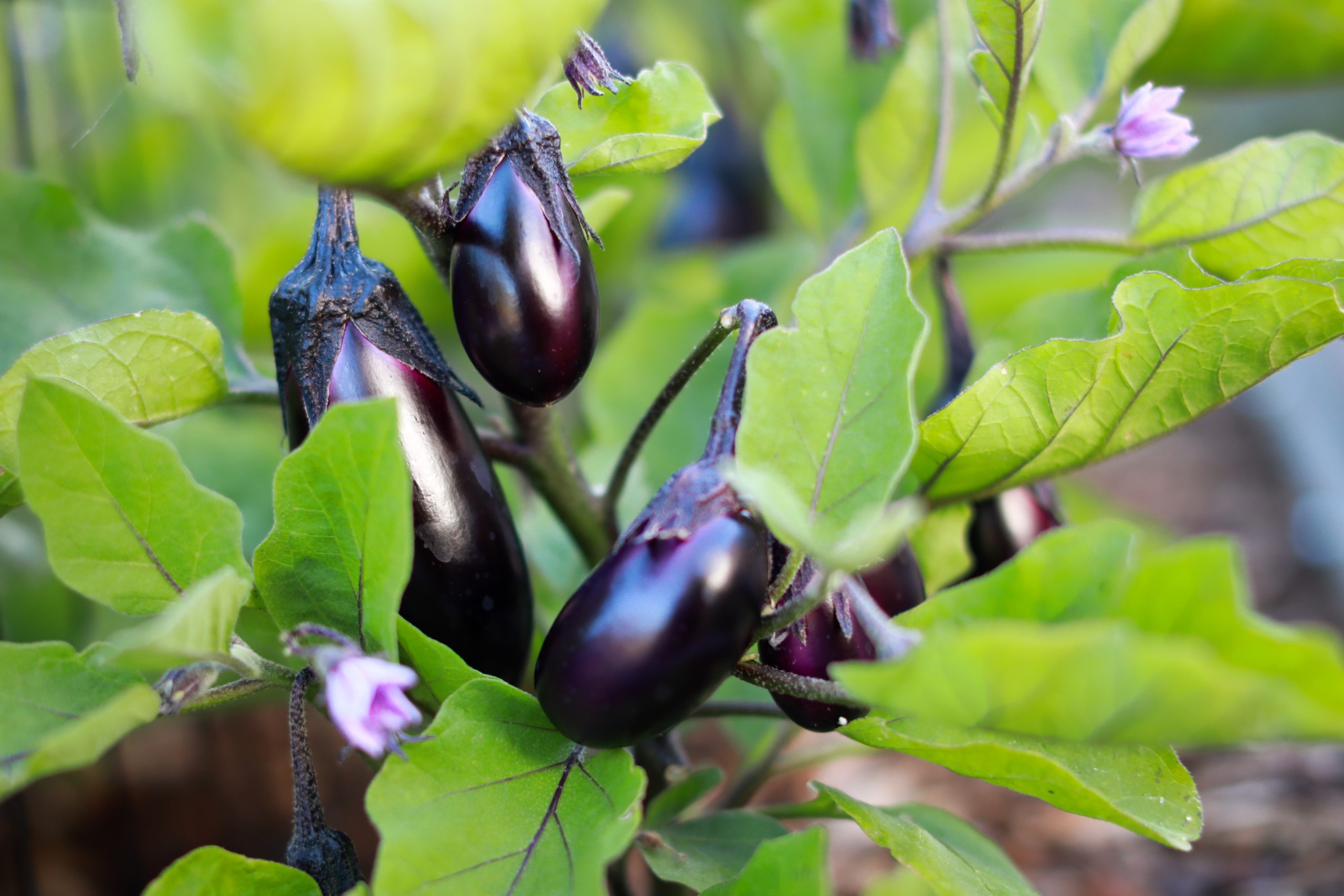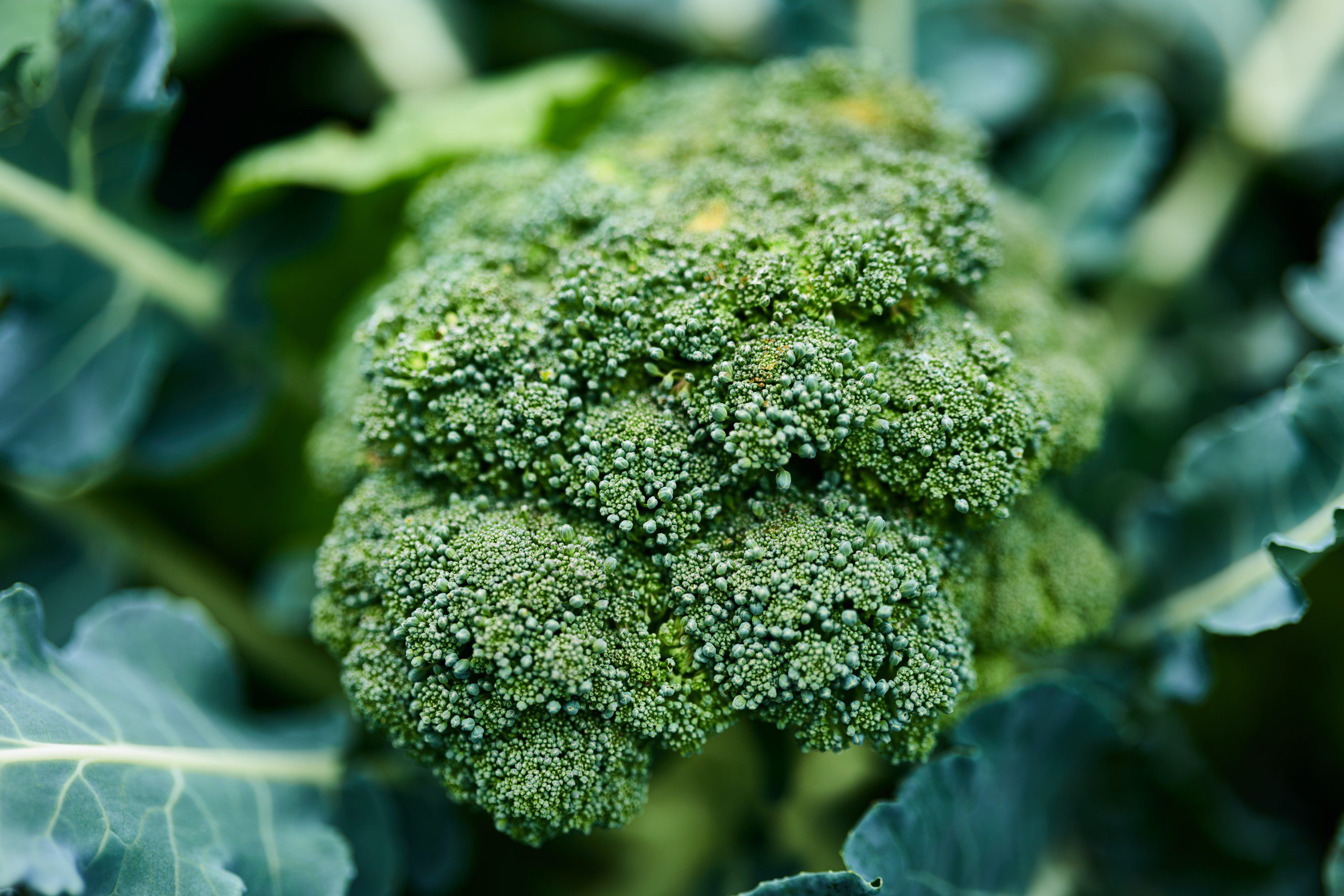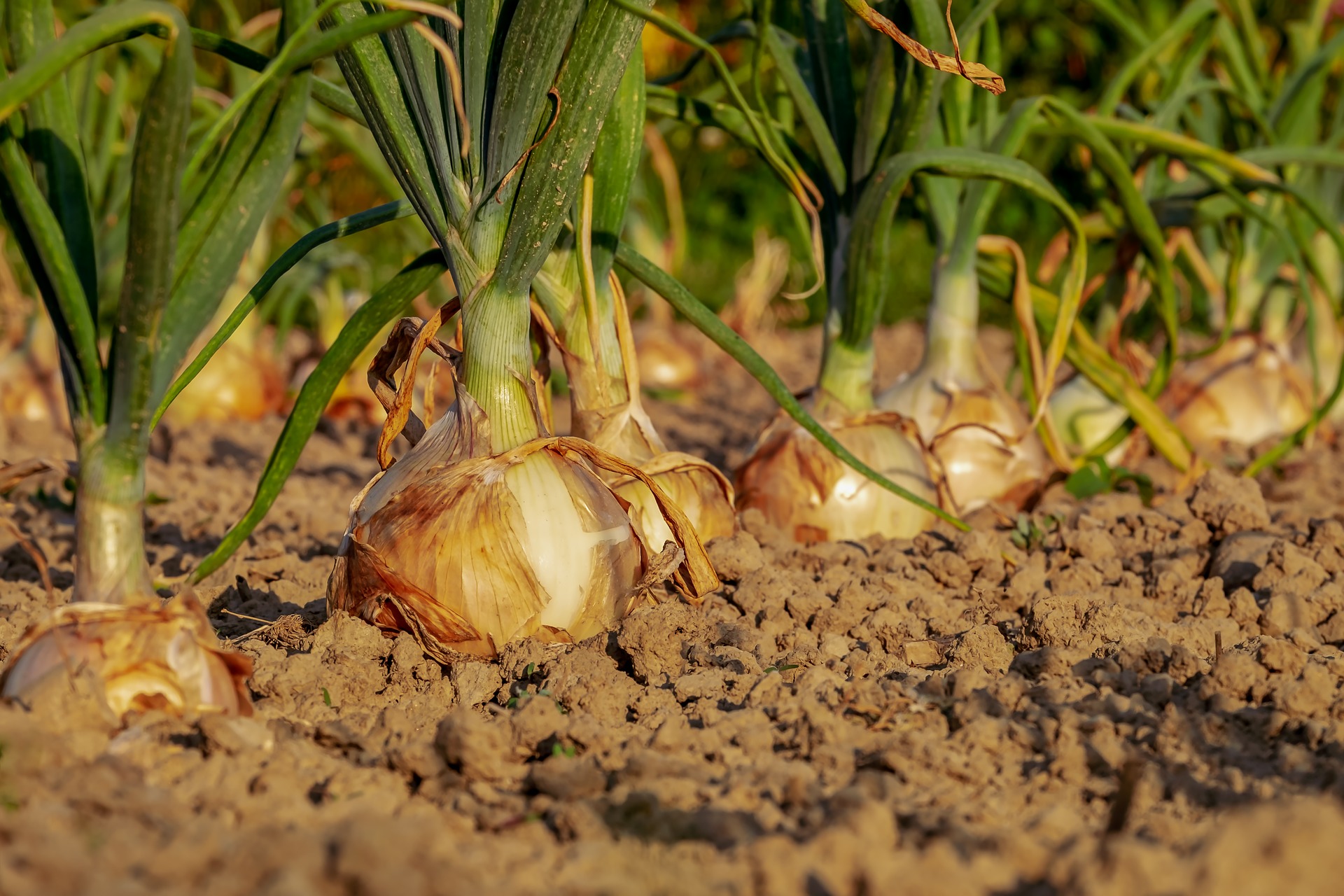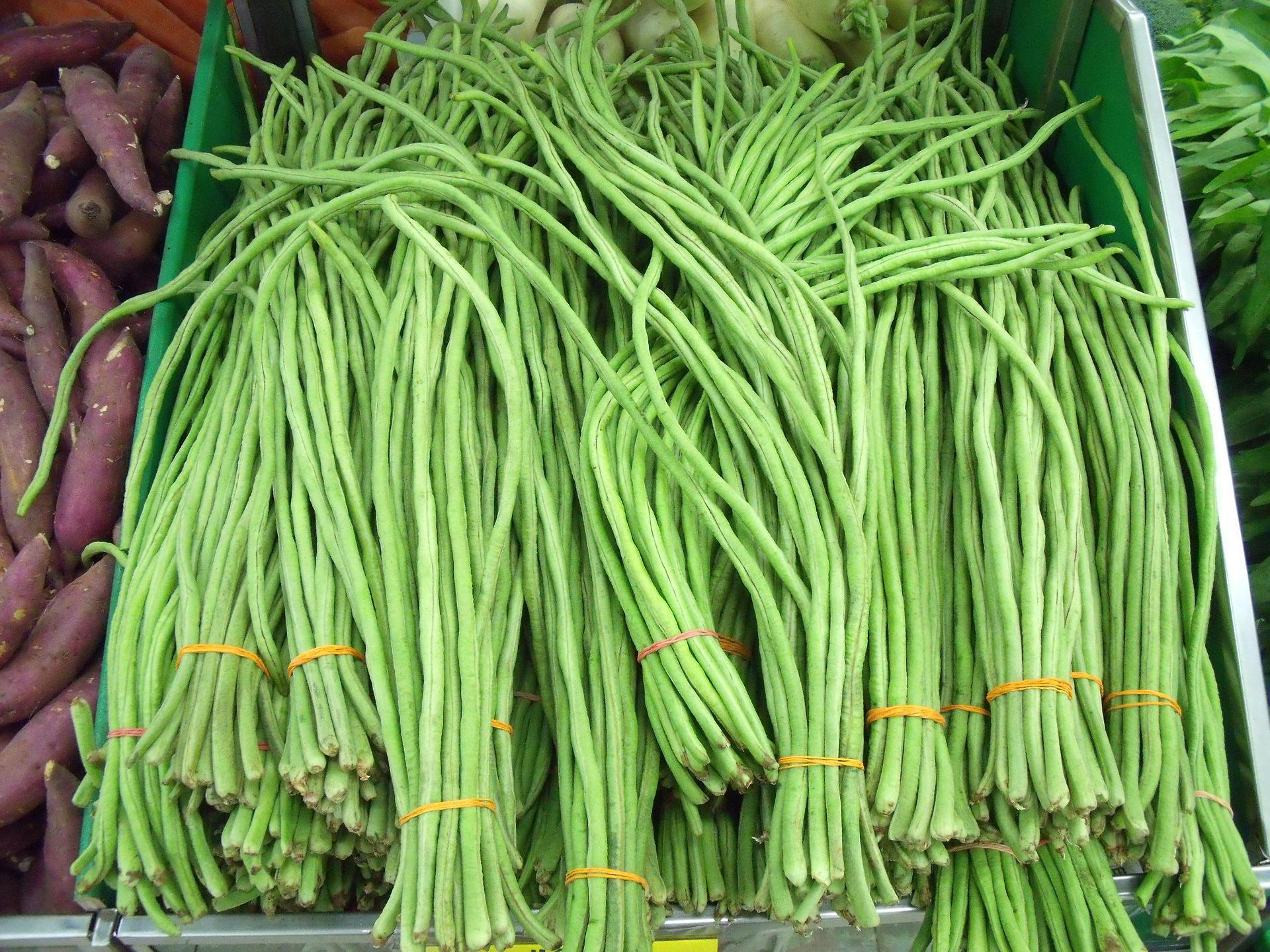Your cart is currently empty!

Ladies Finger (bhindi / Okra) Farming in india
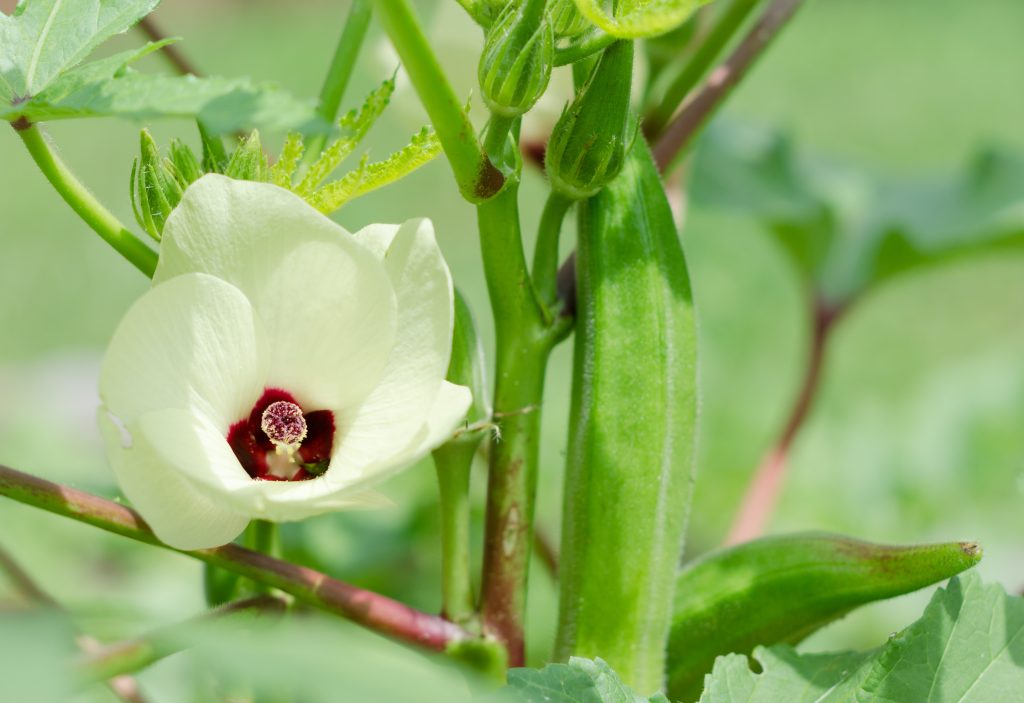
- Climate for Cultivation: Okra prefers Tropical climatic conditions. The Best yield occurs when the temperature is between 18 and 30 degrees Celcius. The plants are excellent growers with proper full sunlight and require optimum irrigation. the soil should be moist but not waterlogged. In India, most parts can cultivate okra except when the weather is too cold or too hot. Parts of Rajasthan and the northern part of India are not favorable for okra cultivation during winters and peak summers.
- Ideal Soil for Cultivation: The soil should be well drained and sandy loam. Clay soil can be amended with proper compost and organic matter in the soil. Sandy soil is not preferred. The ph of the soil should be between 6 and 6.5 for optimum growth of the plants and good yield.
- Varieties of Okra: Bhindi farming is not new to India and thus there have been varieties that have evolved. the desi varieties of bhindi are still cultivated in most parts of India. in Kerala, the okra which is long and light green is considered desi. There is also a red variety which is desi and is long. These varieties are flower and fruit profusely during seasons. Unfortunately, they are not great off-season plants. Hybrids are preferred in the market because they are tender and smooth. The hybrids vary from state to state and sometimes even within states. Arka, Kashi, Pusa, and a range of varieties are available for farmers today which are high yielding and resist a range of pests. some of these varieties are also tested to grow during off-seasons.
- Propagation: Okra is propagated from seeds and usually is sown directly into the soil. Germination takes 4-5 days when seeds are soaked in water for 10-12 hours. some varieties may germinate earlier or a bit late.
- Season: the best season for okra is during the monsoons. Seed sowing should commence during June and July. But these are peak seasons and almost everyone is cultivating okra during this period. The other months you can start sowing are November December and February march, depending on your irrigation facilities. Crops during February and march require high maintenance and good irrigation. This is also when prices peak for most vegetables so you need not worry about lower yield if you get a quality product.
- Land Preparation: The Land for Okra cultivation should be tilled thoroughly and then harrowed. Harrowing is important to break down big pieces of soil and letting maximum aeration to the soil. it’s best to leave the soil be for a week after harrowing. Harrow a second time after a week and this should ensure that the weeds are all gone and there is maximum aeration. Some people prefer to irrigate the soil between tilling and each harrowing. this ensures minimal weeds and all the seeds (weeds) are germinated and plowed through. once the soil is well prepared, it’s time to create beds for okra farming. beds are usually prepared based on the varieties. while the desi varieties require a lesser space as they branch lesser and the hybrid varieties branch a lot more than the desi varieties, they need a bit more space, spacing the rows accordingly is important. Also, keep in mind that you need to have a comfortable walking space to pick the fruits when they are ready. a distance of 2 feet between rows is recommended. Mulching sheets are important for okra cultivation to prevent weeds. once the plant reaches the height of 2 feet, the weeds are not a problem but keeping the weeds in control for the first few weeks is crucial. With mulching sheets in place, you also need to make sure that irrigation is in place and drip irrigation is mandatory with a mulching sheet setup. Open farming is labor-intensive and harder to maintain and all farmers are recommended to use mulching sheets with drip irrigation
- Planting, Spacing, and Density: Depending on the spacing, The seeds should be sowed when the drip irrigation setup is done. Watering should be done immediately after sowing. the seeds should be soaked in water for at least 10 hours before sowing. add insecticides in the pits to prevent ants from eating the seeds. Also, treat the seeds with fungicide for better germination. Planting is best done in the late evenings. Depending on the variety, the plants are spaced 30 centimeters to 45 centimeters apart.
- Intercropping: Intercropping is usually not practiced in the commercial cultivation of okra, especially when mulching sheets are used to cover the land to prevent weeds. The most common intercropping in open farming scenarios is between paddy fields. you can also cultivate a few underground vegetables like yams, onions, and garlic if your weather conditions and soil conditions are feasible. in general, okra is cultivated as a monocrop commercially.
- Irrigation: Irrigation is very important to Okra cultivation. Irrigation of soil at least 2 times a week is mandatory. During monsoons avoid water logging or irrigation. Water logging results in shunted plants and poor growth in okra. ensure there is proper drainage in the fields. if practicing drip irrigation, ensure that the channels between the beds are free from weeds and water. Keep them as dry as possible.
- Fertilizers: Fertilizers for okra starts from the 10th day of seed germination. A fertilizer schedule of every 10 days is practiced. Fertilizers require 200 KG of Urea and 100 KG of potash and phosphorus per hectare of Okra plantation in splits every 10 days. depending on the variety and the age of the plant, the dosage should be adjusted accordingly. initial one month of okra fertilizers includes more urea with moderate phosphorus and no potash but the content of urea is to be decreased over time and Potash and phosphorus are to be increased till the fruiting stage.
- Posts: Okra is susceptible to a range of pests. Fruit borers, Aphids, Whiteflies, Ash Weevil, and nematodes are common in okra. While some varieties are immune to certain pests and diseases, no variety is completely immune to all conditions. Application of neem oil solution once a week is recommended to prevent most pests. If pests do attack, then chemical pesticides are usually recommended. Detection of pests at an early stage will prevent losses in crops and ensure a good yield.
- Training and Pruning: Depending on the variety, pruning and training are to be practiced. in okra farming, commercially, exercise is not practiced. The manpower and skills involved in pruning the okra plant are usually labor-intensive and not recommended. Some varieties are already highly branching and have a good yield. the varieties that do not branch do have a good yield with pruning but its not possible to prune large fields of okra in the 3g method which is known to increase branching in okra among other plants. Though Branching is possible with pruning, its also to be noted that some varieties cannot withstand the weight of the branches with heavy fruits and may require support and additional fertilizers to increase the yield and health of the plant.
- Harvesting & Post Harvest: Depending on the variety, harvesting may begin in as little as 45 days. The normal varieties start harvesting in 60 days and continue up to 120 days with 30 days of a good yield. and 30 days of moderate and low yield. the early bearing high yield hybrid varieties are commonly used these days except for small and medium farmers who use traditional, desi seeds to cultivate okra for small quantity. harvesting of okra should be done when the fruits are tender. Fruits with bends and those that are not straight should be discarded. also, tough fruits should be removed from the harvested batch. fruits should be packed in gunny sacks or baskets which have good air circulation for transportation to market.
- Yield: Yield is often the most common concern for farmers. for okra, there are times when a simple desi seed variety could yield 300 to 400 Kilos every alternate day in an acre for 30-45 days straight. and there are times when the same seed will yield less than 30 Kilos every alternate day due to heavy rainfall or poor soil. the average yield of a high-yield hybrid variety could range from 10-12 tonnes per acre. There are varieties like Arka Nikita and Bombay F1 Hybrid which will guarantee you a high yield provided they are cultivated in the right conditions, soil, and weather inclusive. The TNAU has a range of seeds which include the CO2 and CO1 varieties which assure 10-12 tonnes per Hectare which is less than half of what most other varieties like Bombay F1 assure. an average of 5-6 tonnes per acre can be expected from one acre of okra cultivation with moderate care.
- Area of cultivation: bhindi is cultivated all over India, provided the weather conditions are right and the irrigation facility exists. With proper drip irrigation, you can cultivate okra when the weather ranges between 18 and 30 degrees successfully and get a high yield. With rising temperatures, the fruits are usually shunted and result in poor quality yield. Monsoons are the best time to cultivate okra in India. Most parts of India have a good temperature range during monsoons. Andhra Pradesh, west Bengal, Bihar, Gujarat, and Orissa provide more than 50% of the total cultivation of okra in India.
- Market information: Okra has always demanded a stagnant price in India. Though there are different varieties, each variety demands a different price. in the Kerala market, it’s common to see a higher price for desi varieties of bhindi when compared to the hybrid varieties. the price difference could range anywhere between 5 rupees to 10 rupees between desi and hybrid varieties. For most parts of the country, hybrid varieties are commonly available due to their high yield and seed availability. In general, the market is always open for okra and the product fetches a good price during the off-season with a stagnant price during the seasons. reference: http://apeda.in.
- Weed Control: Weeds could be detrimental to most vegetable crop cultivation including okra and the losses could be anywhere between 10-25 % of the total worth of produce. from wedding costs to loss in production due to leeching of fertilizers are all common problems for farmers in okra cultivation. A good practice of using mulching could save manpower and labor needs and also provide a perfect weed-free area for okra cultivation. Weed control barriers like mulching sheets are cost-effective and efficient in horticulture and are advised by most experts. With Mulching sheets in place, it’s also important to have a drip irrigation system for plants to provide irrigation.
- Seed: Farmers usually procure seeds from agricultural universities or local shops. The variety of seeds is to be noted here. While most agricultural universities have their own set of hybrid seeds, they are not always in the best condition. The germination rate may be a lot lower than you would expect for commercial cultivation unless you can be assured of the same. Purchasing Seeds from a genuine vendor, with a sealed pack and a date of expiry at least 7-8 months away should assure you a good germination rate and quality. We recommend brands like Mahyco and VNR but it does not matter which brand as long as the seeds are good quality and have a good expiry date.
Okra Crop Duration
The duration of the okra crop, from planting to harvest, typically ranges from 50 to 70 days, depending on the variety and growing conditions. Okra is known for its relatively fast growth compared to many other vegetables. However, the specific duration can vary based on factors such as climate, soil fertility, cultural practices, and the specific variety being grown.
In warm climates with optimal conditions, okra plants can grow rapidly and produce their first pods within 50 to 60 days after planting. These pods are usually young and tender, making them ideal for harvest. Regular harvesting of mature pods encourages continuous production throughout the growing season.
It’s worth noting that the exact duration may vary slightly among different okra varieties. Some varieties may have shorter or longer maturity periods. When selecting a variety, consider factors such as the local climate, market demand, and your desired harvesting schedule.
Monitoring the growth of your okra plants and observing the maturity of the pods will help determine the ideal time for harvesting. Harvesting too late can result in tough and fibrous pods, while harvesting too early may lead to smaller yields. Therefore, it’s important to keep an eye on the development of the pods and harvest them at the appropriate stage for the best quality and yield.
By providing proper care, including regular watering, fertilization, and pest management, you can maximize the growth rate and yield of your okra crop. Consulting local agricultural experts or experienced farmers in your area can also provide valuable insights into the specific growing conditions and best practices for okra farming in your region.
Okra Season
Okra is a warm-season crop that thrives in hot and tropical climates. It requires a long growing season with warm temperatures to grow and produce a bountiful harvest. The specific season for planting and growing okra may vary depending on your location, but here are some general guidelines:
- Temperature requirements: Okra is sensitive to cold temperatures and frost. It requires soil and air temperatures consistently above 50°F (10°C) for successful germination and growth. Ideally, the soil temperature should be around 65°F to 75°F (18°C to 24°C) for optimal germination and root development.
- Frost-free period: Okra should be planted after the danger of frost has passed. The last frost date in your area determines the appropriate time for planting. Generally, okra is planted in the spring when the soil has warmed up and all risk of frost has subsided.
- Growing season length: Okra has a relatively long growing season compared to some other vegetables. It typically requires around 60 to 90 days from planting to the first harvest of mature pods, depending on the variety and growing conditions. Therefore, it’s essential to consider the length of your local frost-free period and the maturity duration of the okra variety you choose.
- Daylight duration: Okra plants require abundant sunlight to thrive. They typically need a minimum of 6 to 8 hours of direct sunlight per day for optimal growth and pod production. Ensure that the planting site receives ample sunlight throughout the day.
Based on these factors, the planting season for okra is usually in the late spring or early summer, after the soil has warmed up and the frost risk has passed. In some regions with longer growing seasons or mild winters, okra can be planted in late winter or early spring for an extended harvest period.
Seed Requirement for Okra Cultivation in One Acre
The seed requirement for okra cultivation can vary depending on factors such as the variety of okra, spacing between plants, and the desired plant population per acre. However, as a general guideline, you can estimate the seed requirement for okra farming based on the following information:
- Plant population per acre: The recommended plant population for okra typically ranges from 10,000 to 15,000 plants per acre. This can vary based on the spacing between plants and rows, as well as the specific variety being grown.
- Seed germination rate: The germination rate of okra seeds can vary, but a common estimate is around 70% to 80%. This means that, on average, 70% to 80% of the seeds will successfully germinate and grow into healthy plants.
To calculate the seed requirement per acre, you can use the following formula:
Seed requirement per acre = (Desired plant population per acre / Germination rate) * 100
For example, let’s assume you want to achieve a plant population of 12,000 okra plants per acre, and you have okra seeds with a germination rate of 75%:
Seed requirement per acre = (12,000 / 0.75) * 100 = 16,000 seeds
In this case, you would need approximately 16,000 okra seeds to plant one acre of land, considering the desired plant population and germination rate.
Okra Cultivation States in India
- Uttar Pradesh: Uttar Pradesh, the most populous state in India, is a major producer of okra. Districts such as Allahabad, Varanasi, and Gorakhpur are known for their extensive cultivation of okra.
- Andhra Pradesh: Andhra Pradesh is another prominent state for okra production. Krishna, Guntur, East Godavari, and West Godavari districts are known for their large-scale cultivation and export of okra.
- Maharashtra: In Maharashtra, districts like Pune, Solapur, Ahmednagar, and Nashik are significant contributors to the okra production in the state. The favorable climate and suitable soil conditions in these regions support high yields of okra.
- Gujarat: Gujarat is known for its robust agricultural sector, and okra cultivation plays a vital role. Regions such as Surat, Bharuch, Anand, and Vadodara are prominent in okra production.
- Tamil Nadu: Tamil Nadu is a state where okra cultivation is widely practiced. Districts like Salem, Erode, Coimbatore, and Madurai are known for their significant contribution to okra production.
- Karnataka: In Karnataka, districts like Bengaluru Rural, Kolar, Tumkur, and Hassan are notable for their okra cultivation. The state has favorable agro-climatic conditions for growing okra.
- West Bengal: West Bengal, particularly districts like Nadia, Bardhaman, Murshidabad, and North 24 Parganas, has substantial okra cultivation. The state’s fertile soil and suitable climate support the growth of okra crops.
Recent Categories
Recent Posts
Post Archive
Category Tags
There’s no content to show here yet.

